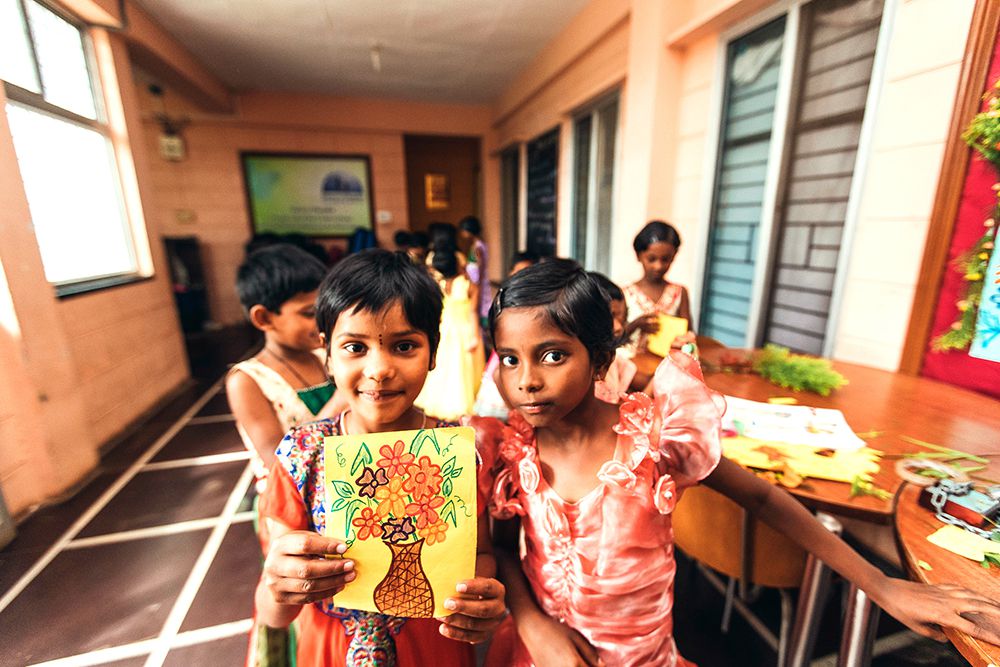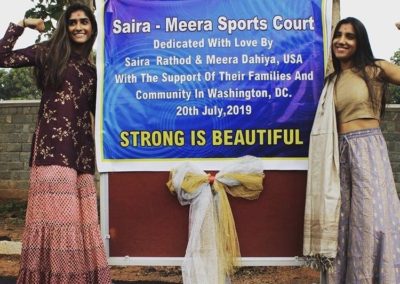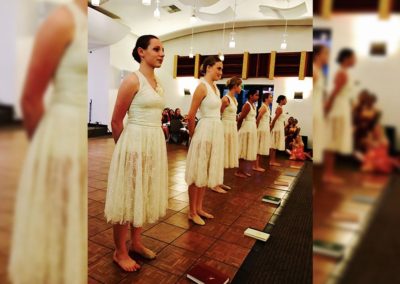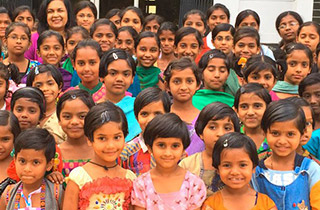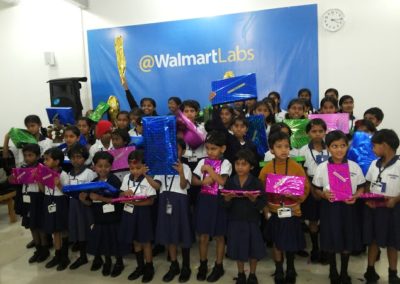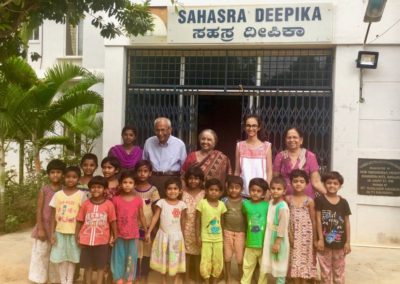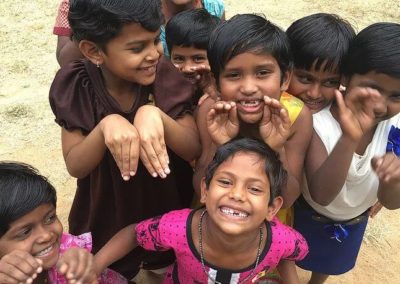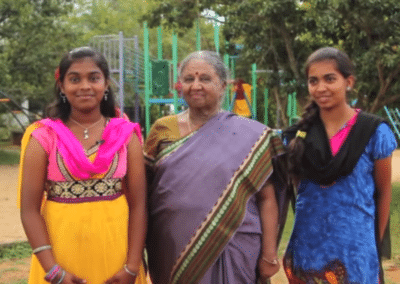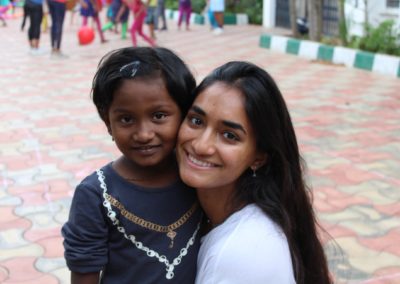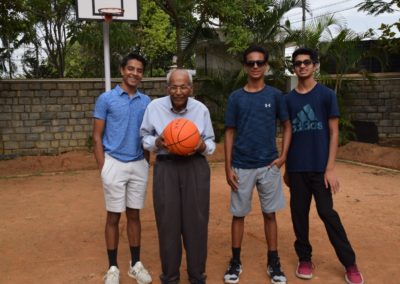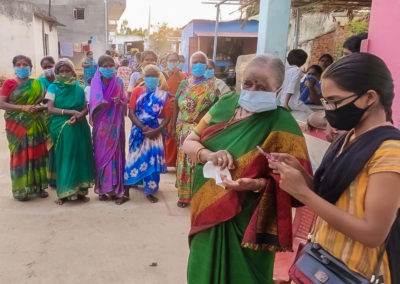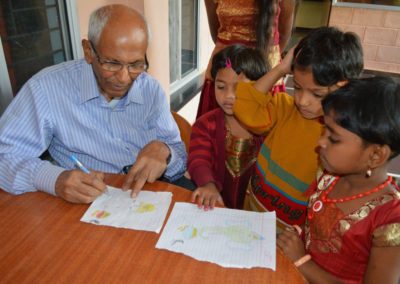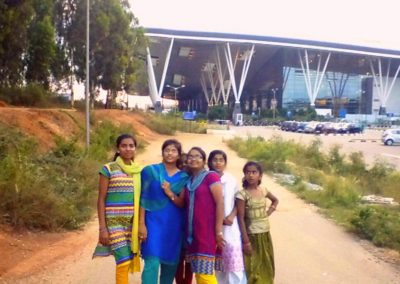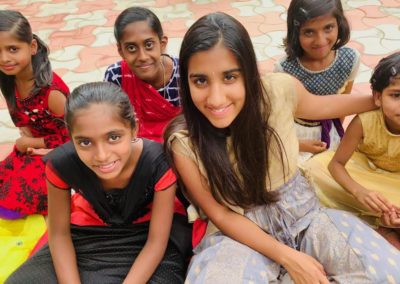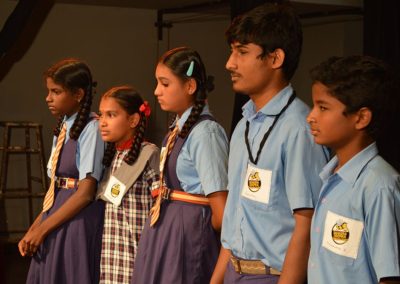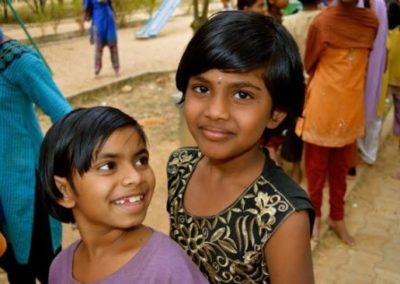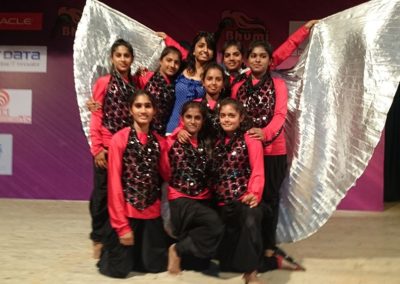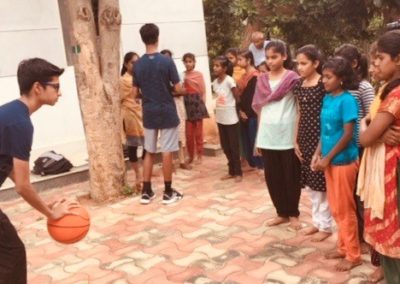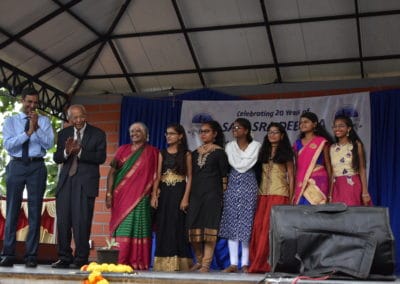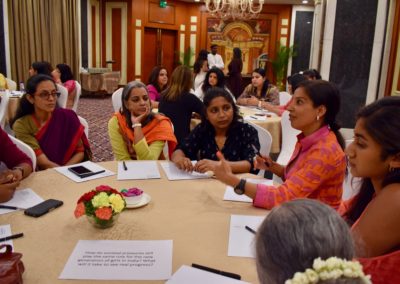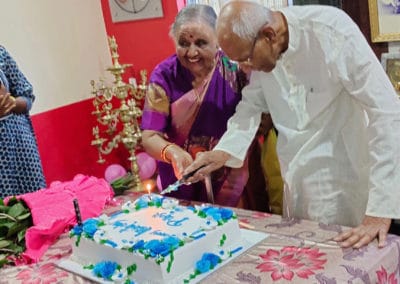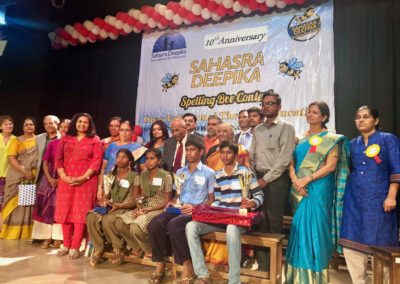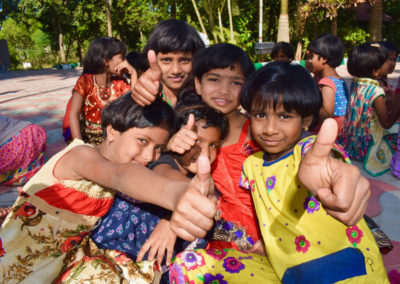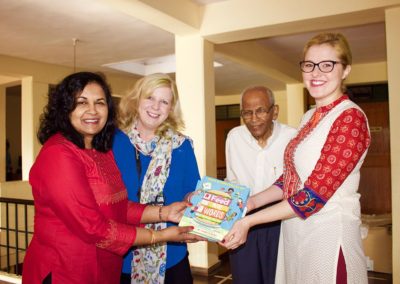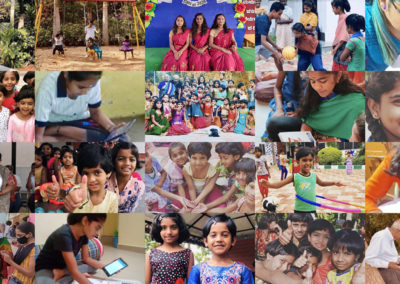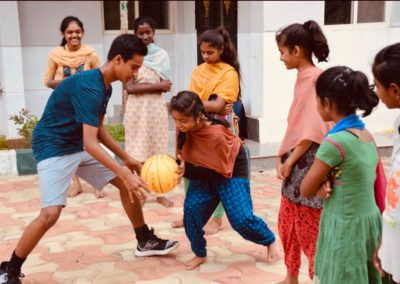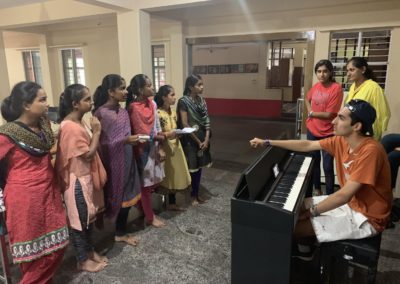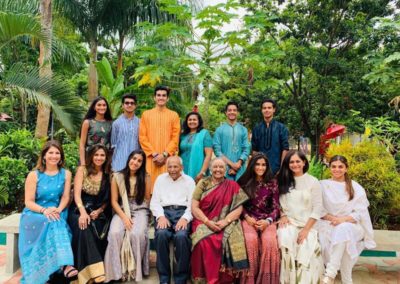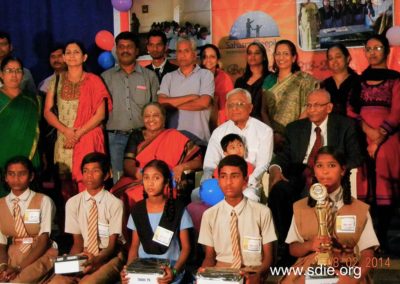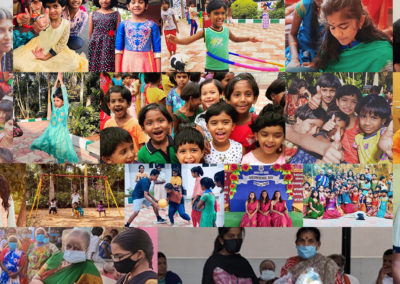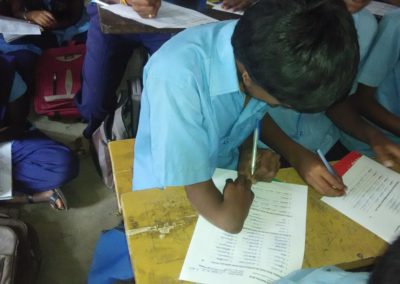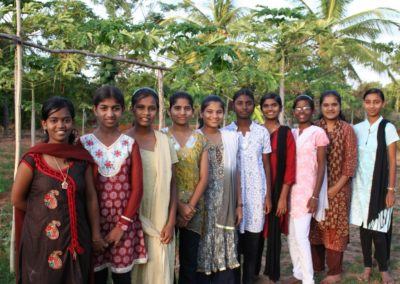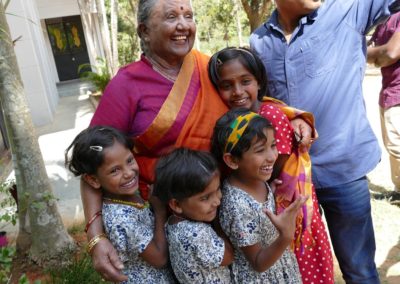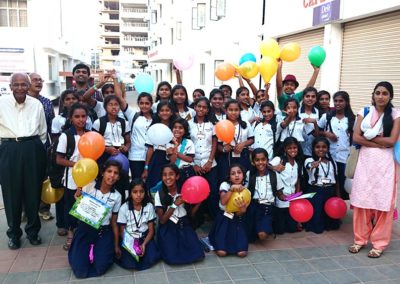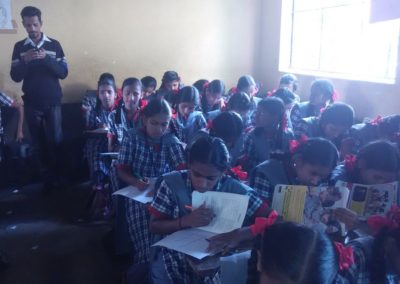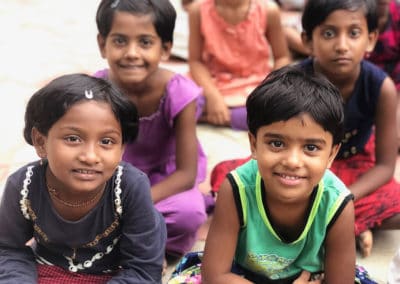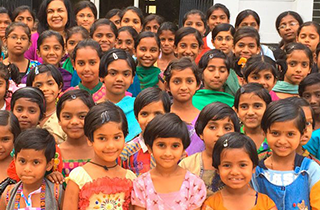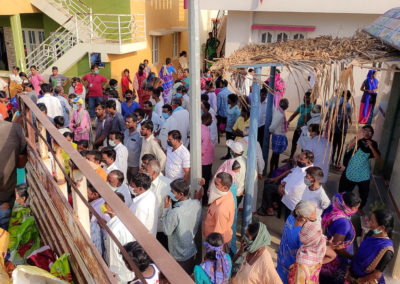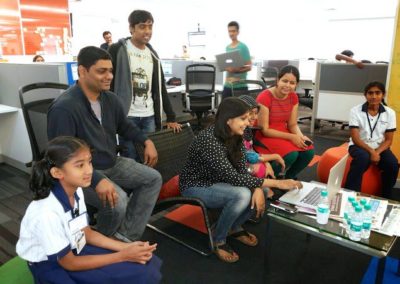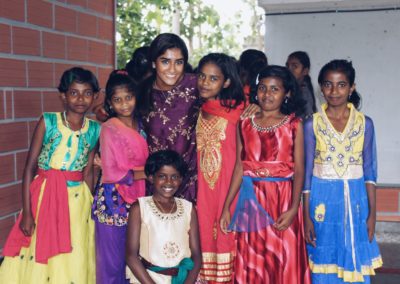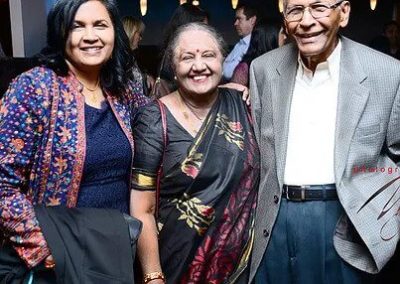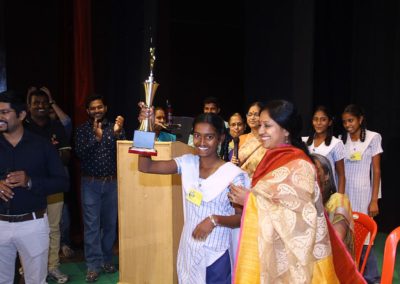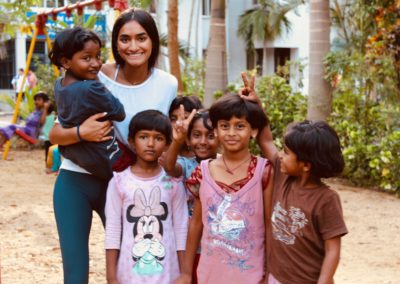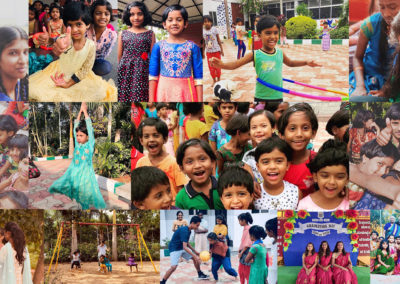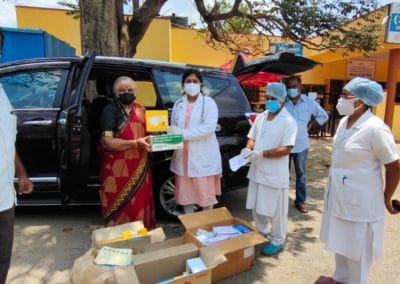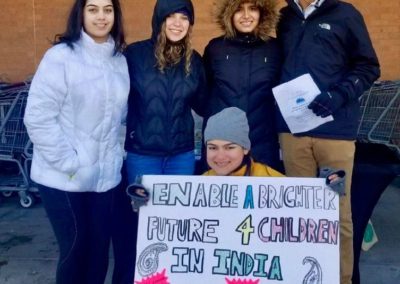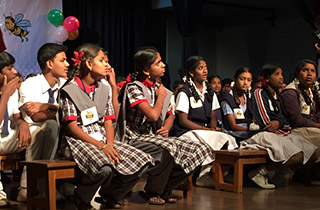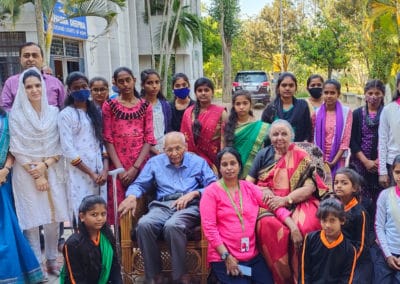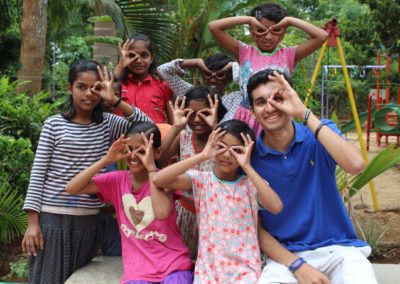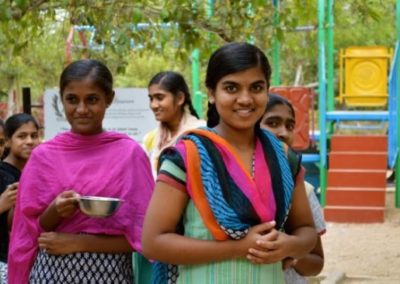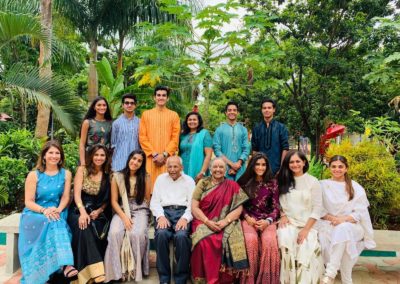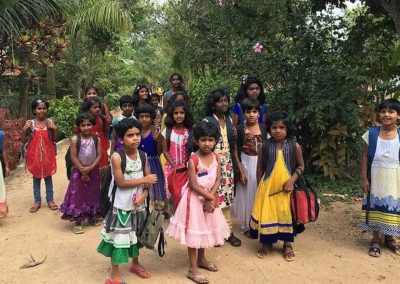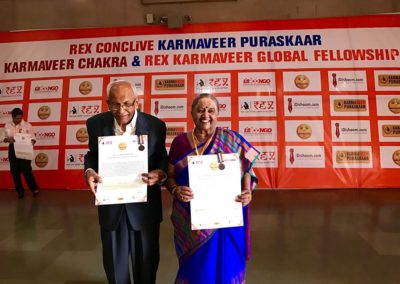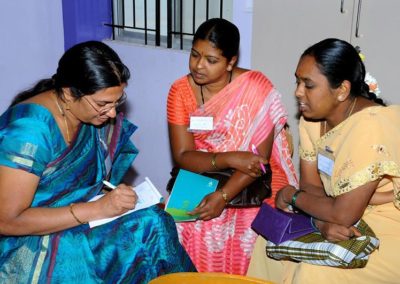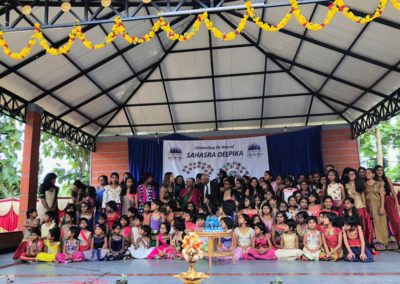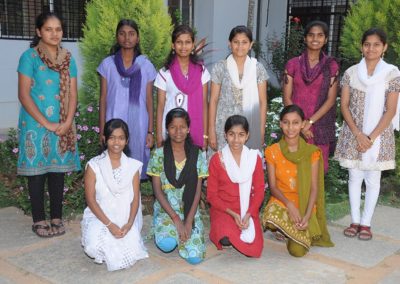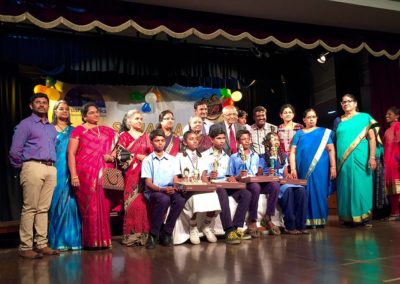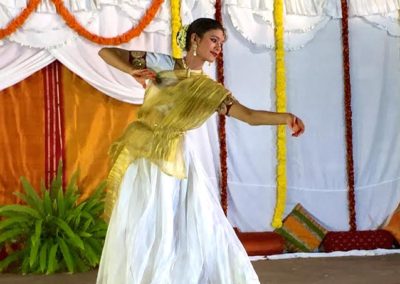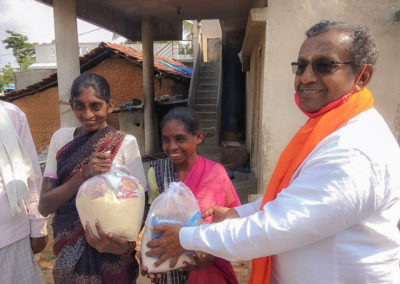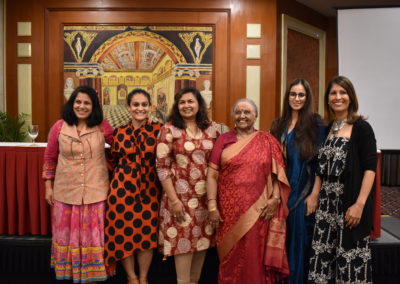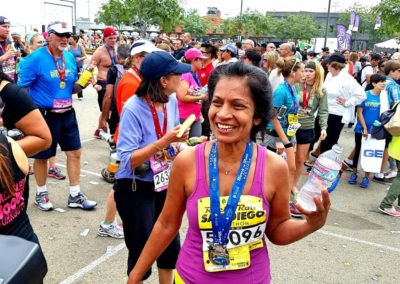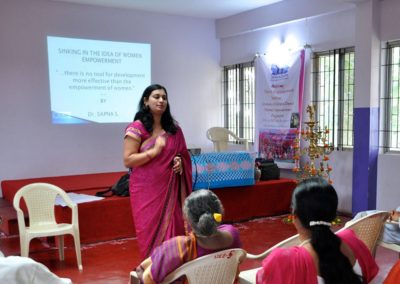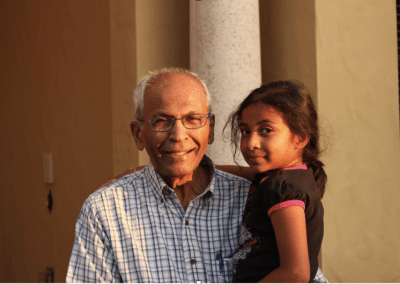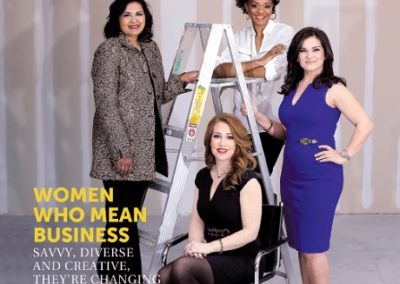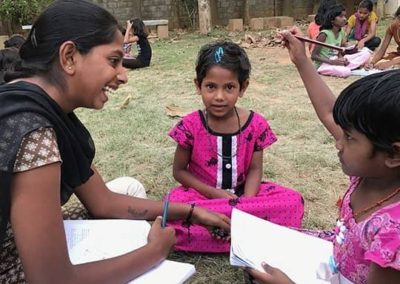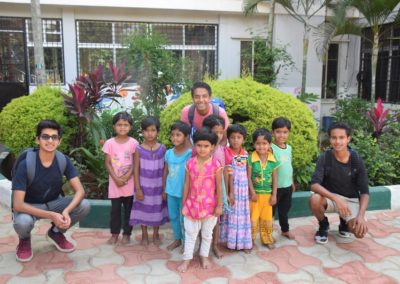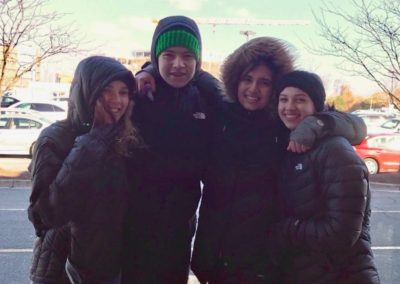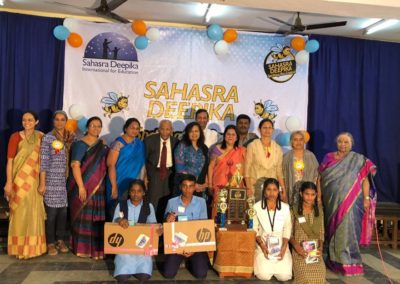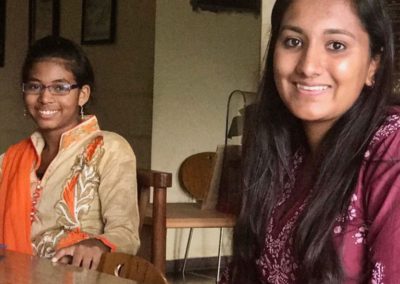“I am thankful that places like Sahasra Deepika exist. It gives me hope, that one day I will live in a society where being an Indian woman is not defined by stereotypes…”
The Indian heritage has been receiving a lot of stereotyping most of the time; especially the women. The most common stereotyping issue that Indian girls are still experiencing is by the concept of ‘arrange marriage’. Most of the people think that all Indian girls are already married. Which is not.
Being an Indian girl, while being raised in America and attending a predominately white school has its challenges; whether it be the difference in culture, religion, or ways of thinking. I have been fortunate enough to go to a school that strives to embrace differences and accept those with unique religious and cultural backgrounds. While the school itself embodies messages of diversity, it is hard to leave biases behind and embark on complete open-mindedness. Often times society instills racist, untrue, and hurtful messages within us and we subconsciously oblige.
I have just finished 10th grade and am now starting to notice how our society acts towards those who are different or those that they do not completely understand. Not only do I realize the unfair treatment that has been dealt with by others, but I am starting to understand how I am also treated differently because of my ethnicity, in a place where I am a minority. I can recall a moment in the 6th grade while reading the book, Homeless Bird by Gloria Whelan. In the book, a 13- year old Indian girl is forced into an arranged marriage, with no say in the matter. The book then follows her through her married life. Her husband dies soon after marriage and herin-laws are so horrible that they leave her alone in the city. The students in my 6th-grade class had not yet had any lessons in Indian history, so this was their only source of knowledge about Indian culture.
After my class finished this book I remember a friend coming up to me talking about how I would have a forcefully arranged marriage. After that, I wondered if people looked at me differently, assuming that my life was just like the girl in the book. I understood that cases of the homeless bird story existed, but I was surprised at the fact that my friend made an assumption, and stereotyped me based on one sole source. It seems that from reading that one book, my classmates started to think of India as a place where everyone has forcefully arranged marriages and assumed I would be put in a similar situation just because I am Indian. I have now come to the realization that it was not my friend’s fault for reacting that way, but rather the fault of our society that makes assumptions and creates stereotypes of other cultures without understanding them.
This does not negate the fact that women live in situations similar to Homeless Bird today. The unfair treatment and subordination of women are still evident in many specific areas of India. Some girls are not given access to education and are therefore prohibited from having good jobs later in their life. Meanwhile, others still find themselves forced into marriages without their consent. But India’s struggles in women’s rights are not the only thing that defines it as a country. Chimamanda Ngozi Adichie, a Ted Talk lecturer and expert in stereotype studies stated, “…the problem with stereotypes is not that they are untrue, but that they are incomplete. They make one story become the only story.” Yes, it is true that India, along with many other countries has struggled with women’s rights, particularly in marriage, but what some neglect to emphasize are the positive aspects of society and the progress that countries are continuing to make. Similarly, people do not realize that much of what becomes publicized in foreign media or in single accounts are not the complete truth; parts are left out, giving us an incomplete picture and feeding our biases. This is what the book Homeless Bird did for my classmates. Also, we often want to believe that we understand everything about everyone, when in reality that is impossible. Each person and each country, for that matter, has its own history and its own identity and attempting to understand it takes more than reading about it from a single source.
Today India is working towards a modern future, with inclusion and new ways of thinking. It is much different than the India of 70 years ago, where arranged marriage was standard practice. In 1966, India became the second country to have a female Prime- Minister. Since then India has had a female president, women on the Forbes top 100 list, females as the leaders of groundbreaking research, and so on. India, as a whole, has been advancing each and every day to ensure that girls get the proper education in order to lead the country to a better future.
An example of these efforts is the Sahasra Deepika Foundation, a leading force in breaking the stereotypes that have been established about Indian women. Here, girls are given the proper education that they need to become members of society who can inspire change. Sahasra Deepika has changed the course of so many lives, while significantly impacting their surrounding community, Bangalore, and India. Throughout history women have been seen as subordinate; for centuries women have been raised for the sole purpose of marriage. It is true that women can grow up to be a wife if they choose, but that is not it, that is not the complete story. Sahasra Deepika breaks this stereotype and raises girls for more than marriage. They raise girls to become independent thinkers, intellectuals, and impactful members of society. Sahasra Deepika helps to create a full picture, a picture of an India that can overcome a difficult history and strive to fix the problems that they have been presented with.
If we could look at other countries and see the complete picture, differences would not divide us. We would live in a world where we could find similarities and strive for improvement together. While discrimination against women in India still exists, foundations like Sahasra Deepika are actively working to break stereotypes, push boundaries, and work for a promising future. I am thankful that places like Sahasra Deepika exist. It gives me hope, that one day I will live in a society where being an Indian woman is not defined by stereotypes. That with or without society’s approval, Indian girls will continue to rise above expectations and impact our world.

